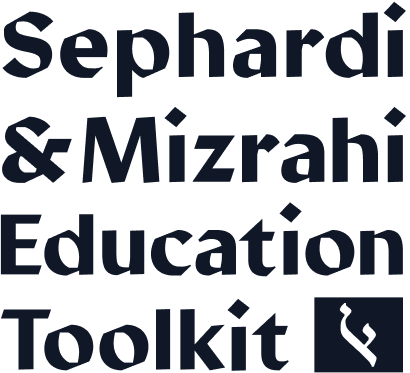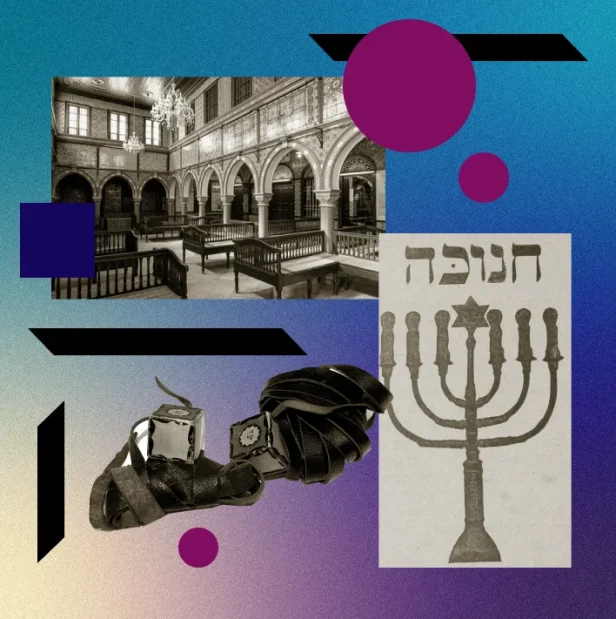Sephardic religious traditions developed as rabbinic and communal figures systematically responded to the needs and contexts of their communities. Incorporate Sephardic texts and rulings into the classroom as valuable and informative in and of themselves, and not only as a counterpoint to Ashkenazic tradition. Teach about contemporary Sephardic halakhic rulings and customs to illustrate the scope of Jewish practice today.
The Mishne Torah and Shulhan Aruch remain the primary sources of Sephardi halakha. More recent sources of Sephardi legal rulings can be found in the following books:
El gid para el pratikante: Livro de denim sovre las tefilot de entresemana ṣabatot i fiestas i de todas las preskripsyones relijyozas by Nissim Behar (1848 – 1931) Jerusalem, Israel
As the school community celebrates Jewish holidays, add Sephardic and Mizrahi customs, foods, and melodies to school programs. Here are some suggestions for ways to include Sephardi and Mizrahi traditions in your holiday celebrations:
- Hold a seder on Rosh Hashana with traditional symbolic foods for the yehi ratsones (simanim)
- Discover Ladino liturgy for the Yamim Noraim (High Holidays)
- Celebrate Tu Bishvat (Fruitikas) according to the Sephardi custom
- Sing Sephardic melodies at your mock Pesah seder
- Hold a Mimouna seder and teach this Moroccan custom to younger students via Shalom Sesame
- On Chanukah, read Ma’ase ha-Yehudit or Kataba Bene Hashmona’i and serve bumuelos
- Recite Azharot and Vilada on Shavuot and begin chanting Pirke Avot
- Play Ladino party songs during your Purim celebrations with biscochos and foulares
- Explore the liturgical music of the Caucasian Mountains Jews for Shabbat and holidays celebrations
See the following resources for more information about Sephardic minhagim:
Encourage students to pray using the tunes, styles, and texts of their families’ traditions. Ascertain the backgrounds of your student body, and make available a wide range of siddurim to ensure that all students feel comfortable and welcome to pray. Teach students to wrap tefillin and/or wear a tallit in accordance with their families’ customs.
Students can delve into various Sephardi and Mizrahi siddurim and mahzorim provided here:
The Sephardic Studies Library at the University of Washington includes Hebrew and Ladino prayerbooks and haggadot from Serbia, Vienna, Salonica, Amsterdam, Livorno, Istanbul, Baghdad and more.







